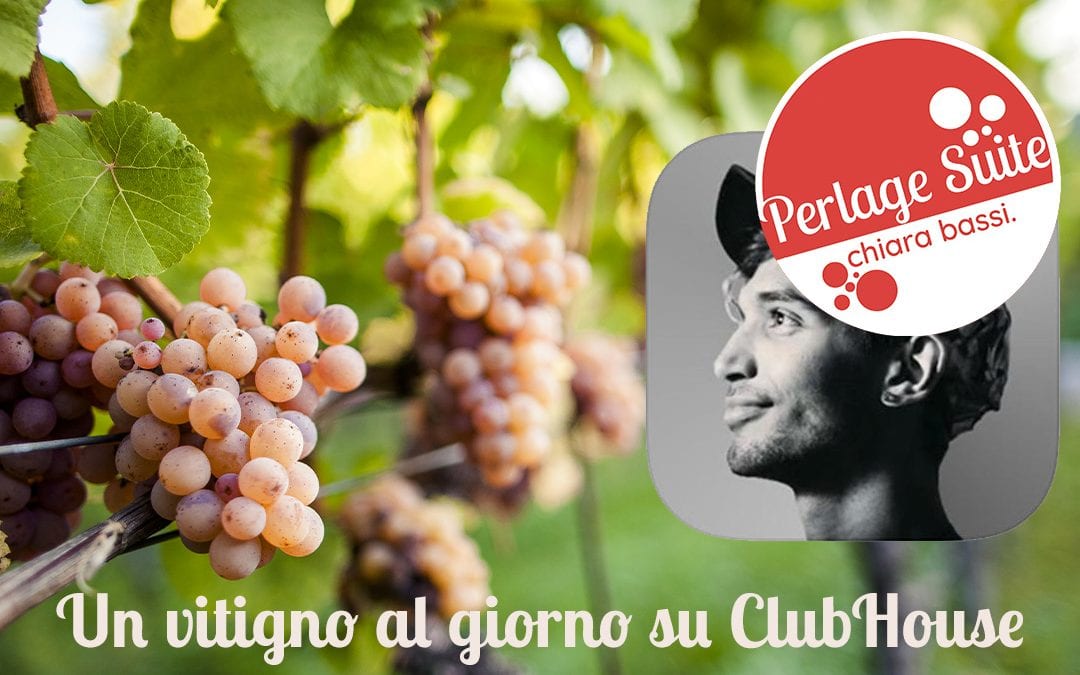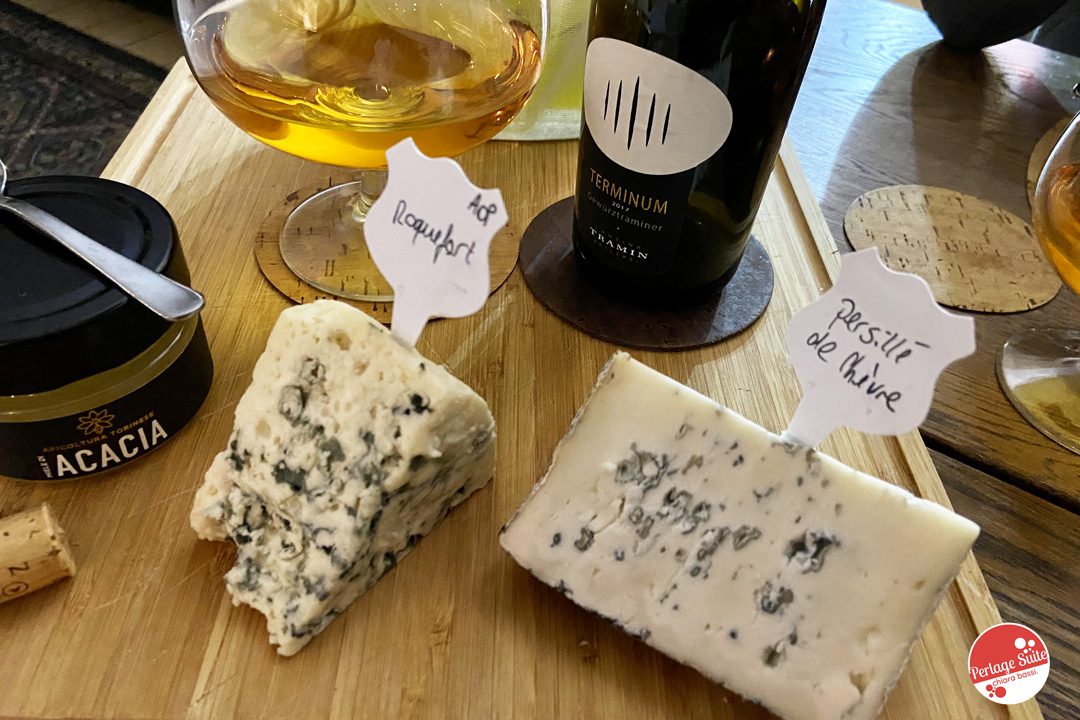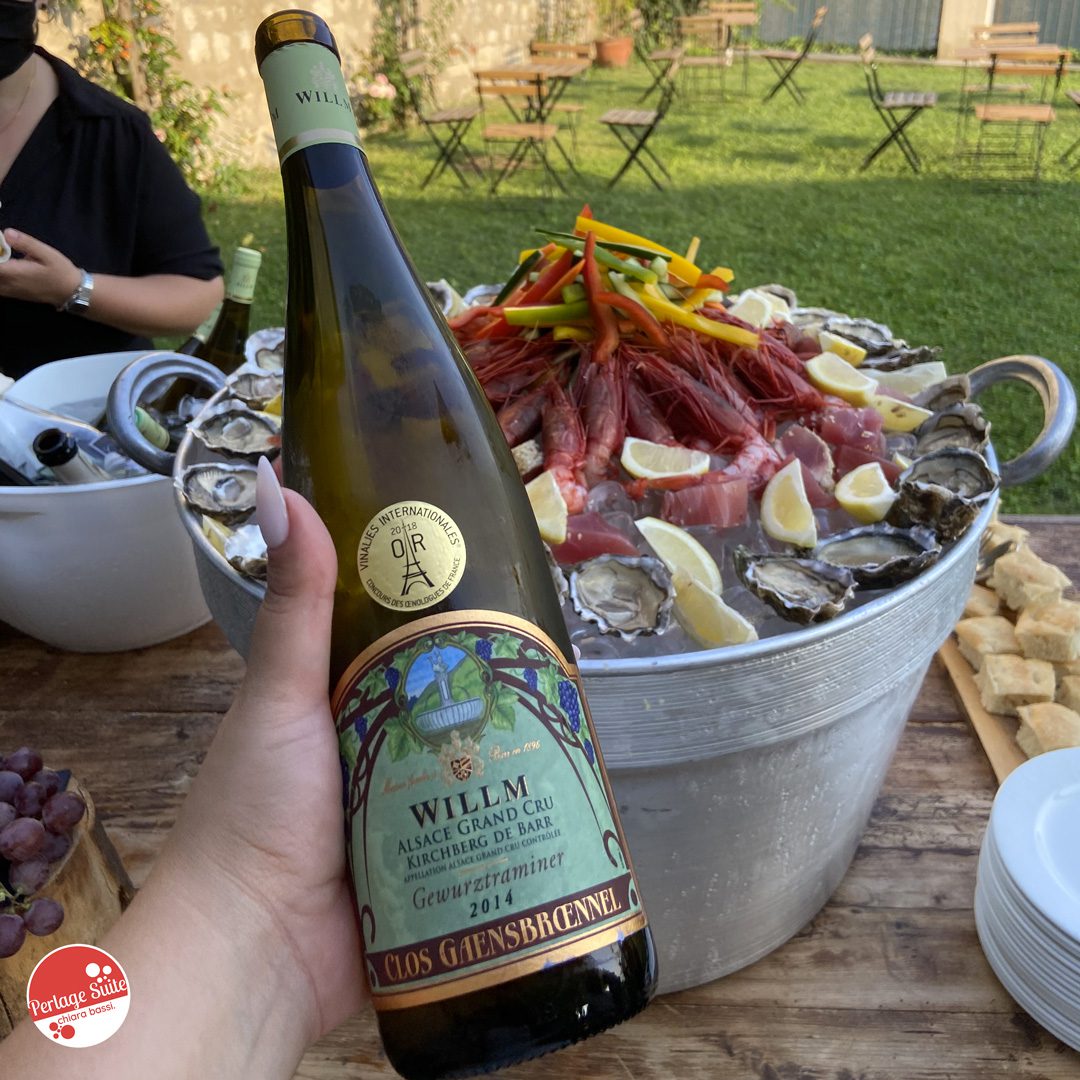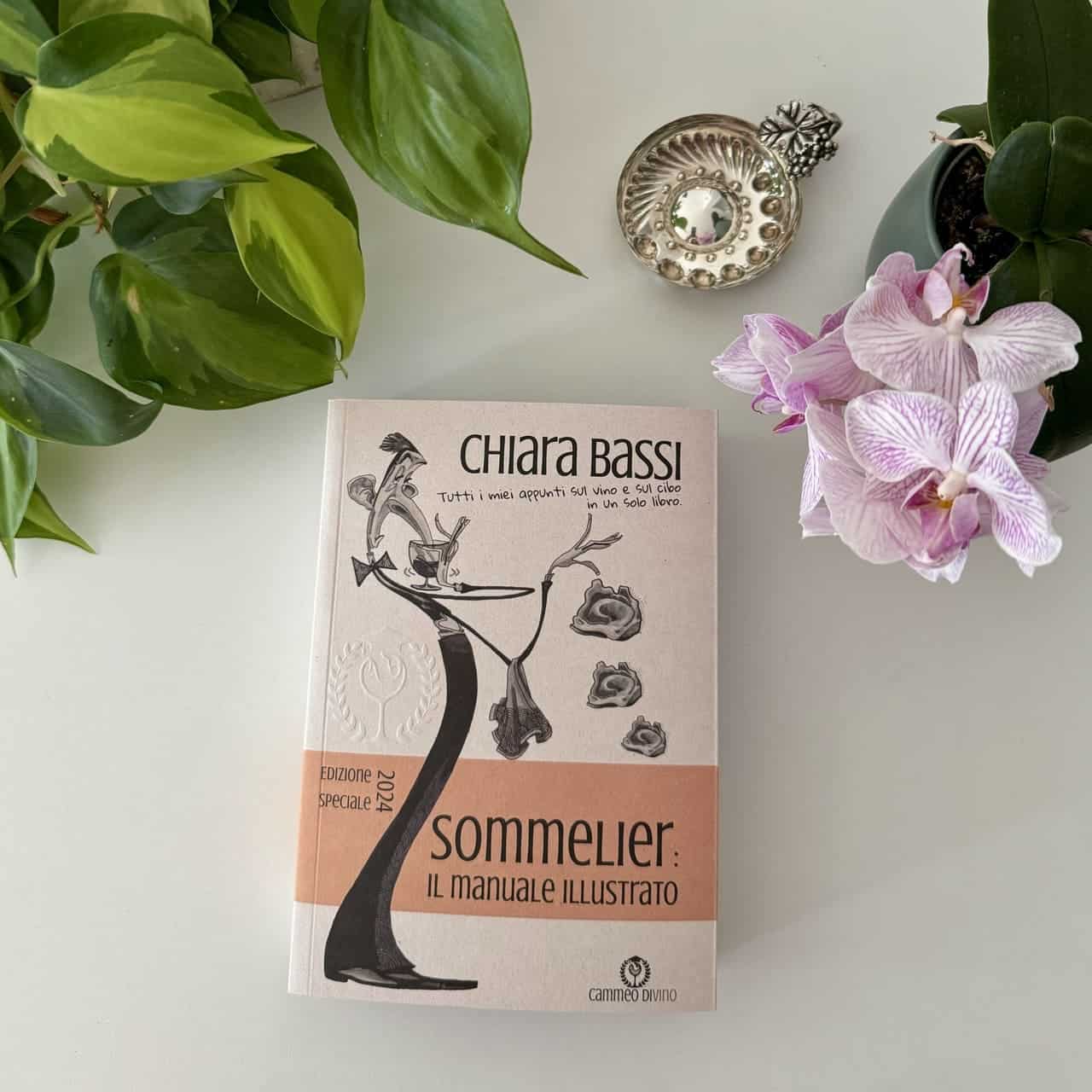A few days ago I was invited to join ClubHouse, the new vocal social. I'll admit that while I love pictures, Instagram has long since bored me a bit. Don't get me wrong: I love Instagram because I love looking and taking pictures... but I'm tired of seeing certain untalented individuals buying big followings without producing any interesting content... and companies falling for it! Just as I'm tired of seeing appearance often rewarded more than substance! For this reason I liked ClubHouse straight away: here there is nothing to see but quality vocal content to produce. So far I have identified three major limitations, two of which are interrelated: theClubHouse app is not yet available for android, the inability to save content and the time obligation. I do not like live broadcasts on social networks precisely because they oblige you to be available at a certain time, and at a certain time I may have another commitment or simply not feel like following that broadcast! That is why I strongly believe in the on-demand content e I hope that ClubHouse will also soon allow content to be saved so that people can listen to it when they can and want to. Since this social networking site is still pristine with various scoundrels, I decided to give it a chance by creating my first daily event: 'Perlage Suite Club - a vine a day'. Every day at 18:30 I will tell you about a grape variety, from the plant to the wines produced. This short, informal lesson will last about 10 minutes, at the end of which you can ask me anything you want about the grape variety. The first lesson will be this afternoon (click here to follow it) and I decided to dedicate it to the gewürztraminer!
ClubHouse: I decided to dedicate the first episode of 'Perlage Suite Club - un vitigno al giorno' to gewürztraminer because...
If you are a regular reader of my blog, it is clear the love I have for this grape variety, so much so that I actually taste it in its various types quite often. Then I wrote just a few days ago this article on Cantina Tramin's late harvest Gewürztraminer Terminum paired with an exceptional Roquefort AOP... have you read it?
Gewürztraminer: aromatic grape varieties and aromatised wines, let's clarify!
Before even talking about this eclectic wine, I want to spend a couple of minutes on the definition of aromatic vine and aromatised wine because I have often heard - and read - embarrassing blunders on the subject.
A grape variety can be aromatic, semi-aromatic or neutral. This distinction is fundamental for understanding the primary aromas of wine. The primary aromas are in fact those proper to the grape variety, i.e. those that derive neither from vinification nor from ageing. Today, however, I do not want to talk about organoleptic analysis. What interests me is that you never confuse a wine made from an aromatic grape variety with an aromatised wine. In fact, an aromatised wine is a wine that can be made from any grape variety, even from a grape variety classified as neutral, which can have sugar, alcohol and bitter or aromatic substances added. These wines are classified as 'special wines' and have an alcohol content between 16%vol and 21 %vol.
So, in summary, an aromatic wine is a wine that is made from an aromatic grape variety such as gewurztraminer that has the primary aromas characteristic of the grape variety such as, for example in this case, rose. An aromatised wine is a special wine where certain aromas are obtained through the addition of substances, such as Vermuth.
You can now subscribe to my newsletter or scroll down the page to continue reading the article. 😊
Gewürztraminer: all its names
Gewürztraminer is so called in German-speaking countries (and thus also in South Tyrol, which would still be in Italy, at least on the map...). Here it is also known as traminer aromatico, traminer rosa, termeno aromatico, savagnin and sauvagnin.
It is sometimes erroneously called red traminer, which is actually a clone in its own right with a less aromatic berry with a brighter colour.
Gewürztraminer: ampelographic description
Would you like to recognise a vine in a vineyard at a glance? Know that the first thing you can look at is the leaf. In Gewürztraminer this can be trilobed or quinquelobed and is small, pentagonal and rounded. The petiolar sinus (the uppermost one from which the connection to the plant starts) tends to close, while the lateral sinuses are shallow and the upper ones in particular are barely noticeable while the lower ones are open. The upper page is dull dark green, bullous and glabrous. The underside is grey-green, arachnoid and with reddish veins at the base. For the uninitiated, in botany 'arachnoid' means that it has long hairs (or threadlike appendages) arranged in a disorderly fashion, taking the form of certain types of spider webs.
The cluster at industrial maturity is small, compact, short and stocky. It may sometimes have 1 or 2 barely sketched wings. L'berry is medium, spherical, somewhat elongated and regular. The peel amber-pink in colour, it is pruinose, fairly thick and consistent. The pulp is fleshy with a special aromatic flavour. It has on average 2-3 globular grape seeds in the middle.
Gewürztraminer: characteristics
Gewürztraminer has an early budding. Flowering and veraison are medium. For the uninitiated, veraison is the beginning of the ripening process when the colour changes, the walls become more yielding and the sugars become concentrated. As you can tell by the disappearance of the green colour for a warmer hue, it is associated with the metabolism of chlorophyll. Gewürztraminer generally ripens between the second and third decade of September. Then, of course, depending on the weather and the type of wine to be made, there will be different harvest times.
This vine has mediocre vigour and therefore prefers long pruning. Production is also mediocre, but regular. The must yield is low. These are all factors that do not entice winegrowers to cultivate it except in particularly suitable areas and for quality production. In this regard, it has very good resistance to cryptogamic (parasitic) diseases and cold.
Gewürztraminer: where it is grown in Italy and around the world
We have just seen that this grape variety holds up well even in the harshest climates, so it is no coincidence that in Italy it is cultivated with great success in Alto Adige and the Karst region. In Europe, we can find excellent results in Germany, Slovenia, Switzerland, Hungary, Austria and, of course, Alsace, which for me is the absolute home of this grape variety. In general, I can tell you that it is cultivated throughout the central belt from France to Eastern Europe.
As for the rest of the world, we have said that this is a difficult grape variety that offers generally poor harvests and this somehow creates a great 'natural selection' of companies that want to deal with it, concentrating its cultivation in the really suitable areas. In fact, some wine-growing areas in Chile (Bio Bio, which has a cool climate), New Zealand, Australia (Tasmania), Oregon and California (Sonoma and Mendocino) come to mind.
Being a sugar-rich grape with low acidity, it is not suitable for hot climates, because the optimal sugar level would be reached too early, when phenolic ripening is not yet complete.
Gewürztraminer: What types of wines are produced?
Although it is not a grape variety bursting with acidity from every pore, it has great ageing potential thanks to the sugars it contains. Moreover, if harvested at the right time, it can also give interesting results when sparkling, even though we know that acidity is a mainstay in the production of base wine for classic method sparkling wines.
In general, it can be said that due to its sugar concentration, this grape variety is particularly suited to the production of late harvests and dessert wines. Combining this characteristic with the particular cold climates in which it is cultivated creates the ideal conditions for the creation of fantastic muffato or icewine wines.
Gewürztraminer: the noble rot
Before I tell you about the most interesting and/or famous wines, I want to do a little background on Botrytis cinerea, known as noble rot. I know that on ClubHouse I have decided to talk to you mainly about grape varieties, but here a little diversions is in order.
Botrytis cinerea, at the right stage of development and with the right climatic conditions, gives shrivelled bunches with a colour ranging from purple to grey and intense, sweet and elegant wines. Developing on the skin of raisined grapes, noble rot forms a coloured felt, a dense network of filamentous hyphae, which causes evaporation raisining and the subsequent concentration of all extractive substances. It produces glycerine and aromatic substances, transforms several components and consumes some acids. In France, the Bordeaux area produces the famous Sauternes from sémillon grapes, or my beloved Alsatian late harvest gewurztraminer. In Hungary, there is Tokaji from furmint grapes with excellent acidity. In Germany you get the very sweet Trockenbeerenauslese from riesling and gewurztraminer grapes with rather low alcohol content.
Gewürztraminer: jewels of Alsace (I can't resist telling you about them on ClubHouse!)
As I told you earlier, Gewürztraminer is particularly suited to late harvesting. In practice, where climatic conditions permit, they are over-ripened for a few weeks on the vine. The grapes become even sweeter because the glucose and fructose increase in quantity and become more concentrated. There is an enrichment of colours, aromas and flavours, except for the acids, which decrease somewhat. And as we have said, our gewürztraminer does not abound in this, so great care must be taken. The juice obtained from crushing these grapes is very dense and the wine obtained will be sweeter or richer in ethyl alcohol depending on the duration of fermentation. Only part of the grapes can be fermented, especially if the aim is to produce a wine that tends to be dry, but with great structure and smoothness, perfect for foie gras, oysters or blue cheeses.
I would call the production of late harvest Gewürztraminer a symbol of Alsace since it is one of the most 'historic' vines of this region. I have had the privilege of tasting some incredible vintages, I am reminded of the 1989 I tasted in Bordeaux on 2 April 2017 when I was in the marvellous cellars of Millésima for the awarding of Europe's Best Blogger in the food and wine pairing category.
I love these late vintages so much that I chose this Alsatian gewürztraminer for my wedding, paired with oysters and raw Mazara red prawns... a gastronomic orgasm.
Gewürztraminer: a South Tyrolean gem
The other area of excellence in the production of gewürztraminer is our Alto Adige, which for years, thanks to the work of a number of wineries, has been churning out crazy wines made from these grapes. For more on this subject, however, I invite you to read this article dedicated to precisely one of the best South Tyrolean gewürztraminers.
I look forward to seeing you at 6.30 p.m. on ClubHouse, to connect used this link! I sincerely hope you enjoy this project on this app that promises to be a fantastic revolution... I look forward to keeping you company 15 minutes a day on ClubHouse! 😊
Cheers
Chiara




